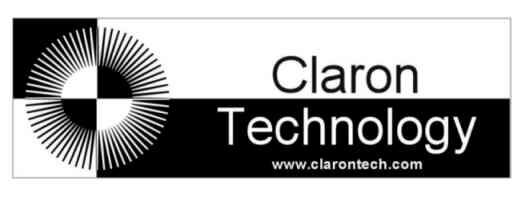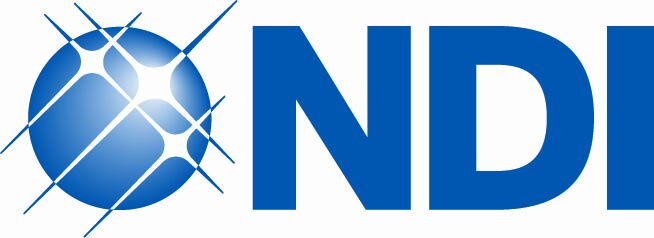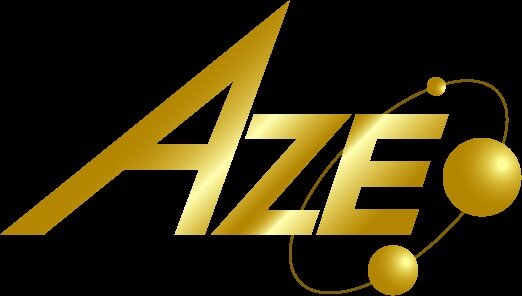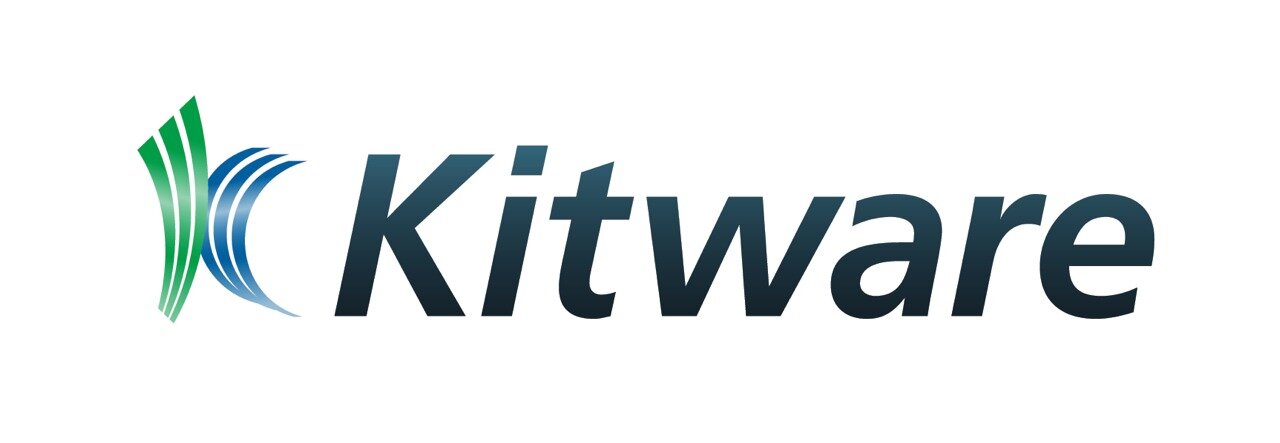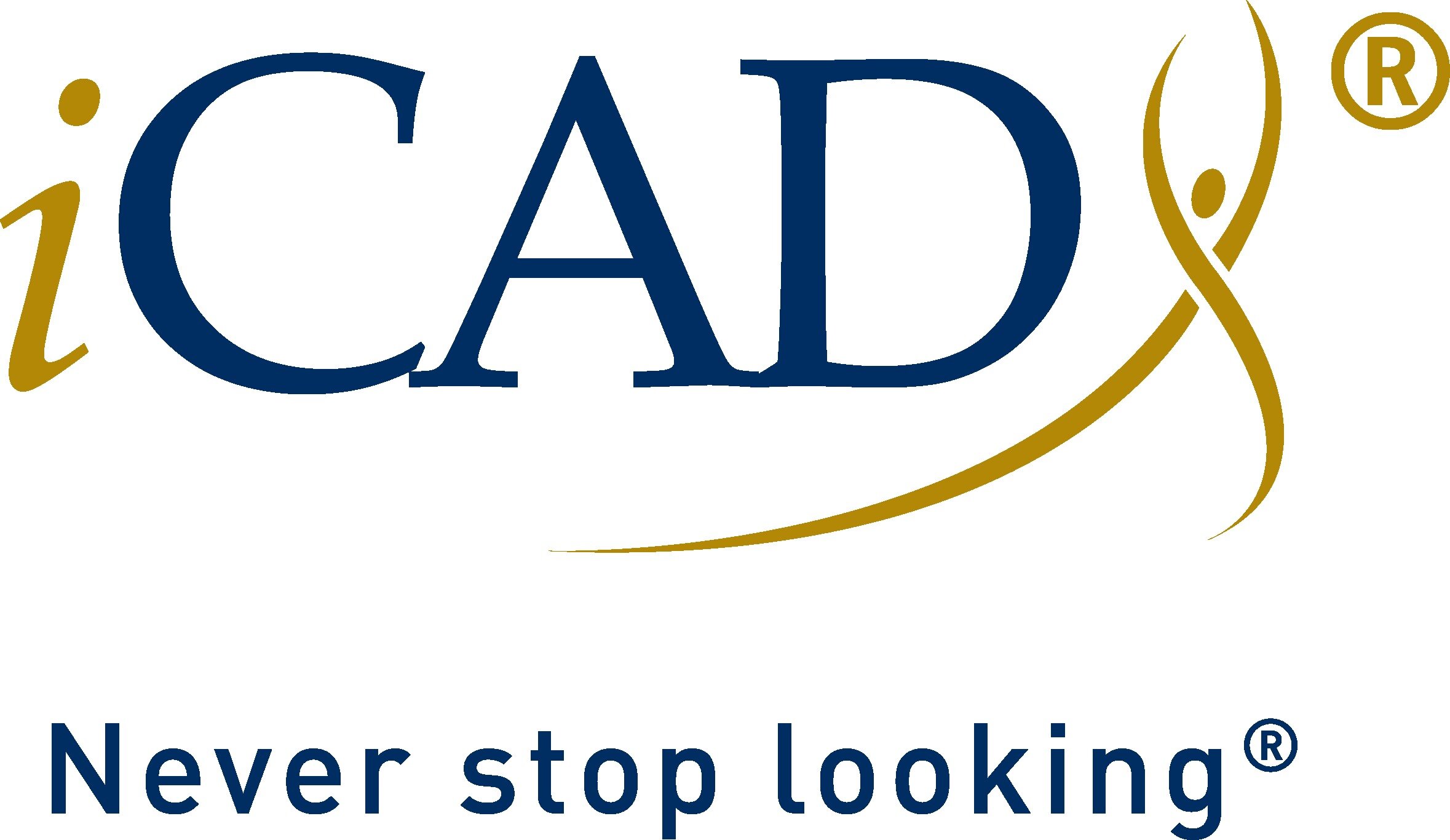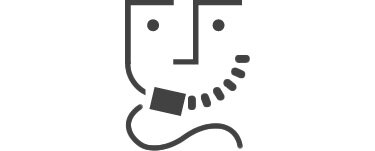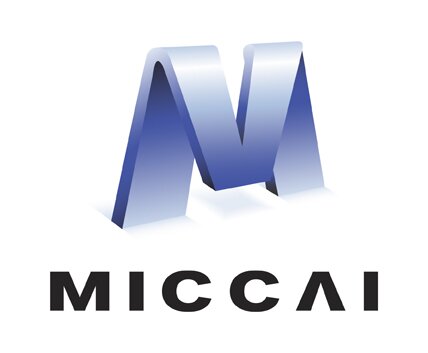-
September 14-18, 2014
Quick Links: Educational Challenge Workshops/Challenges/Tutorials MICCAI facebook page MICCAI Society Newsletter MICCAI Retrospective MICCAI 2014 Song
Visual Verification Against Plagiarism: Do Originality Badges Work in Online Learning?
As online learning becomes increasingly widespread, ensuring academic integrity remains a major challenge. With students submitting assignments remotely and digital content easily duplicated, educators and institutions are seeking innovative ways to verify originality. One such approach is the use of visual verification — most notably, originality badges. But how effective are these badges in promoting honesty and deterring plagiarism?
What Are Originality Badges?
Originality badges are visual indicators — digital seals or icons — that signal a piece of content has passed a plagiarism check and is verified as original. These badges can be embedded into documents, student portfolios, presentations, or published articles to provide immediate, visible confirmation of authenticity.A good example of such a tool is the Originality Badges by PlagiarismSearch, which integrates seamlessly into educational platforms or websites and certifies that the text has been evaluated for plagiarism using advanced detection algorithms.
Building Trust and Encouraging Student OwnershipThe presence of an originality badge builds trust. Instructors can quickly see which assignments have already undergone a plagiarism check, allowing them to focus more on evaluating the substance of the work rather than worrying about its source. For students, these badges act as both a goal and a reward. Knowing that their work will be labeled as original encourages them to write in their own words and take greater care in the research and writing process. This positive reinforcement can foster a stronger sense of ownership and ethical responsibility.
Beyond the Classroom: Academic and Professional Value
At the same time, these visual markers add value outside the classroom. In an era where students often showcase their work online — in digital resumes, portfolios, or academic showcases — having a visible symbol of authenticity enhances the credibility of their submissions. It communicates a commitment to academic honesty and personal effort, traits that are increasingly valued by both educators and potential employers.
Limitations of Visual Verification
However, the effectiveness of originality badges depends on how they are used. A badge alone cannot guarantee that a piece of writing is entirely free of plagiarism. Some forms of intellectual dishonesty may go undetected, particularly if the text has been cleverly paraphrased or partially plagiarized. There is also the possibility that a student could run a check on only a portion of the document to obtain the badge, leaving other sections unexamined. This is why originality badges should be seen not as a replacement for academic oversight, but as a complementary tool within a broader integrity strategy.
Making Badges Part of a Larger Academic Integrity Framework
To truly support academic honesty, originality badges must be part of a well-structured process. When integrated into a learning management system, required for assignment submission, or accompanied by a visible originality score, these badges can help reinforce standards and expectations. Their impact grows when students understand their purpose and see them as recognition of their hard work, rather than just a technical requirement.
Do Originality Badges Work?
In conclusion, visual verification through originality badges presents a promising path forward in the fight against plagiarism in online education. While they are not a perfect solution, they offer a meaningful step toward greater transparency, trust, and motivation. When combined with sound academic practices and tools like PlagiarismSearch's Originality Badges, educators can foster a learning environment where integrity is not only expected, but also celebrated.



